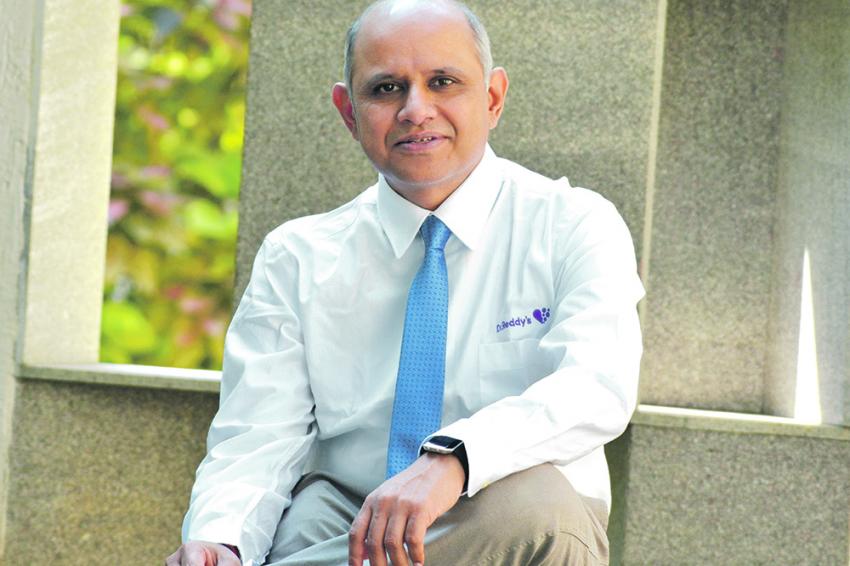Experts Statements: Ravi Venkataramanan, Dr. Reddy’s Laboratories
The Pharma CDMO Challenge
The pharmaceutical industry continues to grow and is estimated to be worth $1.5 trillion by 2021. One important driver is the trend towards outsourcing of development and manufacturing to contract development and manufacturing organizations (CDMOs). What sounds like good news for CDMOs also holds its own challenges — many of these companies are operating in a highly fragmented market that is currently undergoing a significant consolidation. At the same time, many of them are not fully prepared to exploit the maximum potential and willingness-to-pay in project pricing, which calls for new and innovative monetization strategies.
Since price is the single most powerful lever to increase a company’s profits, it is high time for CDMOs to reconsider their project pricing approach. Instead of clinging to traditional cost-plus pricing logic that usually lack consistency, transparency and control, experts propose measures such as harmonizing costing methodologies, incorporating value-based pricing metrics, and systematically using internal project price benchmarks for developing a value-based price model.
CHEManager International asked executives and opinion leaders operating in this market to share their experience and advice. We asked the experts to discuss the following questions:
How would you describe the current market situation for pharma CDMOs and which trends affecting your project pipeline do you see?
Ravi Venkataramanan: Insights from our on-field business development team, back-end digital marketing team and customer interfacing departments are immensely helpful. While we meet present needs of our customers, it is imperative to continuously develop new skills in future technologies, and in the process of doing so we come across various data points that indicate current market and future trends. It is an exciting time for CDMOs because their contribution to providing affordable, accessible and innovative medicines is well recognized by the pharma industry. There are CDMOs that are independent businesses, there are few which are from innovator companies and few that are part of generic companies. With this mix of experiences, a CDMO’s customer base also varies. A virtual biotech might look for a one-stop-shop, while a small biotech seeks strong regulatory experience, medium size customers look for partnerships for new markets etc. CDMOs are consolidating to offer end-to-end services and investing in R&D to enable new technologies like oligonucleotide chemistry or complex formulations chip-in-tablet. Pipelines are constituted by new drugs, re-purposed drugs and combination products. In terms of chemistries, peptides, oligonucleotides, conjugated products like PEG-lipid-carbohydrate etc. are increasing. The demand for high potent drugs continuous to increase and so are the number of poorly water-soluble drugs that require solubility and bioavailability enhancement technologies.
How do you rate the potential of value-based pricing models as a contracting strategy and how do your customers respond to that?
Ravi Venkataramanan: CDMOs do their pricing in different ways. From what we see, the typical “cost-plus” model continues to be the standard for most companies. And this is more because of the industry’s (both CDMOs and customers) familiarity with the concept and its implementation than its absolute benefits. A value-based pricing model is often seen as opportunistic and comparatively exaggerated. But if we look at it across industries, this bias might not be factual. In fact, in the last decade of our work with global customers we see this changing. It is important for the sponsor to have full transparency and to understand the value created by the CDMO as a differentiated product, intellectual property, access to additional markets, ease of regulatory review or as simple as assurance of product supply or service. A CDMO with well identified capabilities and tangible advantages over its peers can provide good reasons for a value-based pricing. Today we see around 8-12% of our customers opting for this model as they have started seeing that it is a “value optimized” pricing that benefits both, CDMOs as well as customers. A holistic assessment of the pricing proposition is of course key. Every request for proposal (RFP) is an opportunity to create value for customers and if the key question as to “what is that value” could be answered then it has the potential to be converted to a value-based pricing model.





